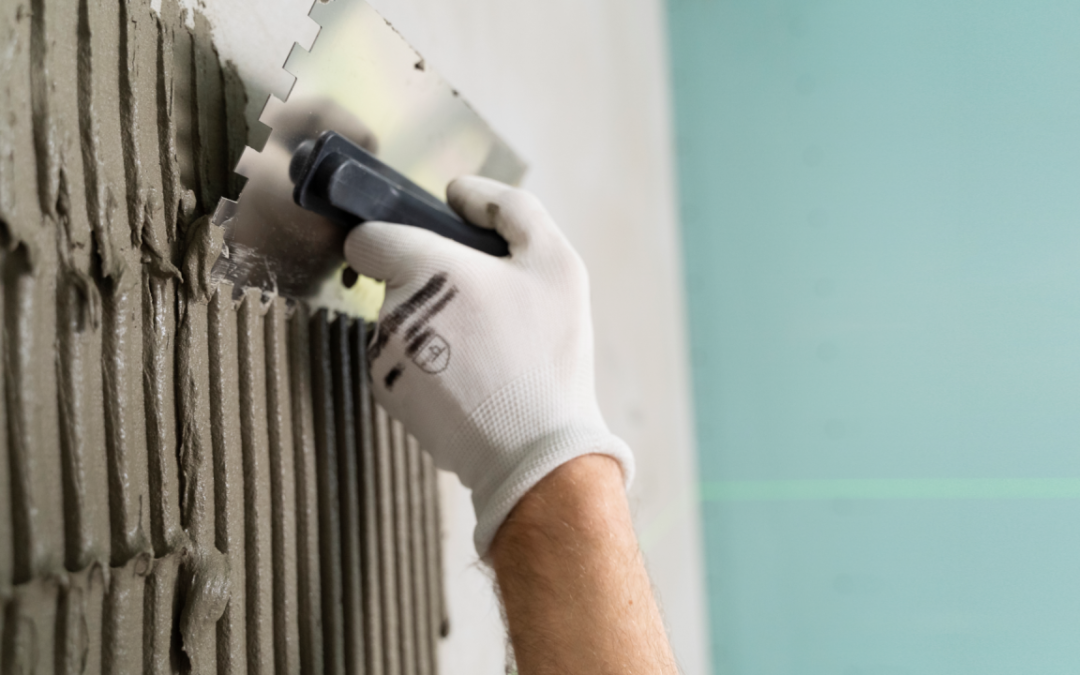Stone, a timeless and sturdy material revered for its durability and aesthetic appeal, has been a cornerstone of construction and design for centuries. While the use of stone in architecture and art is well-established, the methods of joining and bonding these formidable pieces have evolved over time. Recently there is a revolutionary change in stone adhesive that matches the beauty of stone with the strength of modern technologies.
Understanding Stone Adhesive:
Stone adhesive, also known as stone glue or stone epoxy, is a specialized adhesive designed to bond, repair, and fill gaps in various types of stone surfaces. This adhesive transcends the limitations of traditional methods like mortar and cement, offering a more versatile, efficient, and aesthetically pleasing solution.
Key Features:
1. Versatility:
Stone adhesive accommodates a wide range of stones, including granite, marble, limestone, slate, and more. Its versatility extends beyond just natural stones, making it compatible with engineered stone and even some ceramics.
2. Strength and Durability:
The primary allure of stone adhesive lies in its ability to create bonds that are as strong, if not stronger, than the stone itself. This robust adhesion ensures structural integrity and longevity, making it a preferred choice for both interior and exterior applications.
3. Aesthetic Appeal:
Unlike traditional methods that often result in visible seams or discoloration, stone adhesive provides a seamless and nearly invisible bond. This preserves the natural beauty of the stone, enhancing its visual appeal.
4. Ease of Use:
Stone adhesive is user-friendly, offering a hassle-free application process. It typically comes in two components that need to be mixed before application, and it adheres well to both rough and polished surfaces.
Applications:
1. Construction and Architecture:
Stone adhesive has become a go-to solution for joining large stone slabs in construction projects. Whether it’s creating stunning facades, resilient flooring, or intricate stone sculptures, the adhesive’s versatility shines through.
2. Restoration and Repair:
Historic buildings and monuments often require meticulous restoration. Stone adhesive proves invaluable in repairing cracks, chips, or missing pieces, seamlessly blending old and new elements.
3. Interior Design:
The use of stone in interior design has surged, with stone countertops, backsplashes, and accent walls becoming popular choices. Stone adhesive ensures these elements remain both functional and visually striking.
4. Artistic Endeavors:
Sculptors and artists embrace the flexibility of stone adhesive in creating intricate and delicate works of art. The adhesive’s transparent nature allows artists to focus on their craft without compromising the visual integrity of the stone.
Challenges and Considerations:
While stone adhesive offers numerous advantages, it’s crucial to consider factors such as surface preparation, temperature, and the type of stone involved. Additionally, selecting the right adhesive for the specific application is essential to ensure optimal results.
Conclusion:
Stone adhesive stands as a testament to the marriage of tradition and innovation. As we continue to push the boundaries of construction and design, this unassuming adhesive plays a crucial role in preserving the timeless elegance of stone while meeting the demands of modern aesthetics and structural integrity. The use of stone adhesive not only strengthens the bonds between stones but also bridges the gap between the past and the future of architectural and artistic endeavors.
For more information contact Jemkon now

